
Hedge for birds: which shrubs to choose?
Best species and varieties
Contents
Do you love birds? You’re in luck — so do we! Would you like your garden to be a genuine refugium for them? You’re in the right place! This article will give you some ideas of bushes to plant a hedge useful for birdlife.
To start, just remember that birds need only two things: food and protection.
To design your hedge, bear in mind that birds need:
- shrubs with berries that will provide food in autumn and winter,
- flowering bushes that attract insects (their food) in spring and throughout summer,
- thorny, strongly ramified bushes for their protection,
…and if you find bushes that combine all these features, your hedge will be perfect!
But feel free to deviate from these choices and share in the comments your favourite bird-friendly bushes.
Why help birds? A bit of ecology!
In recent decades we have witnessed an alarming decline in bird populations and an erosion of species diversity. Various causes for this phenomenon: climate change, hunting, overfishing, invasion of exotic species, use of pesticidal products, destruction of natural habitats…
For most of these problems we, ordinary gardeners, cannot do much except perhaps for the last two factors… And notably by creating habitats favourable for birds: natural wildflower meadow, standing dead tree, small pond… and above all, planting a hedge, for which you should preferably choose essential oils useful for birdlife.
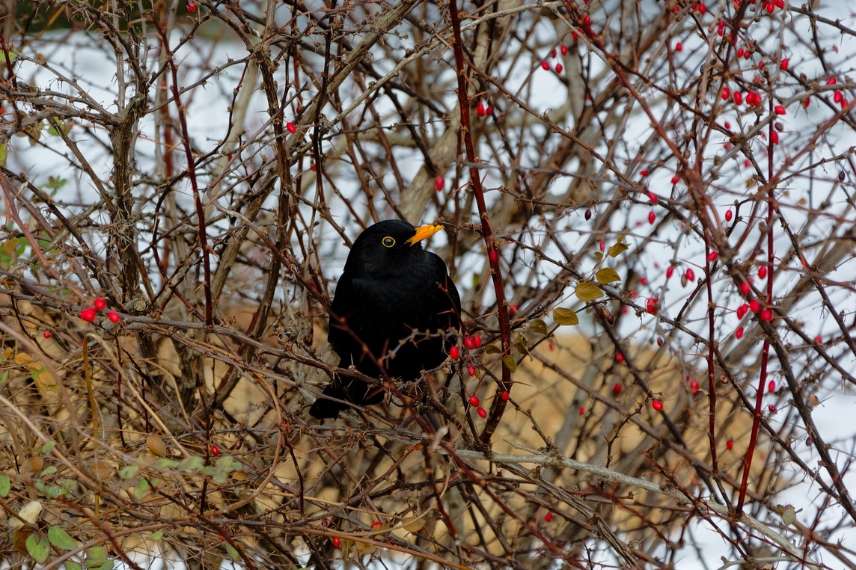
In fact, by planting such a hedge you will recreate on a small scale a bocage.
Bocages were once widespread in our countryside but were often removed to create larger agricultural plots (to put it simply!). Yet those small hedges provided shelter and food for a colourful array of wildlife, not only birds. Free and natural hedges constitute a natural transition zone between two different biotopes. This is called an ecotone. Ecotones are interesting because they host their own biodiversity and also part of the biodiversity of surrounding areas. This is called the edge effect, although you can find this phenomenon outside forest edges (for example in a riparian woodland). Ecotones are therefore areas very rich in fauna and flora and it is entirely worthwhile to try to recreate this in our gardens.
Your hedge will also form an ecological corridor that will serve as a physical link between certain natural areas which, alas, are becoming increasingly scarce. But if most gardeners create this type of hedge, we can build an ecological network and effectively make up for this loss of natural habitats. Yes, yes, even in the middle of town!
Read also
How to plant a hedge?Birds' needs
Birds, like the rest of wildlife in this world, have pragmatic daily concerns such as: eating, drinking, sheltering and reproducing. And they have several difficult periods throughout the year:
- Breeding season: they need protection, food, plus everything that will help them nest well (moss, twigs, lichen, …). This period lasts from spring to late summer depending on species so do not prune your bushes during this period.
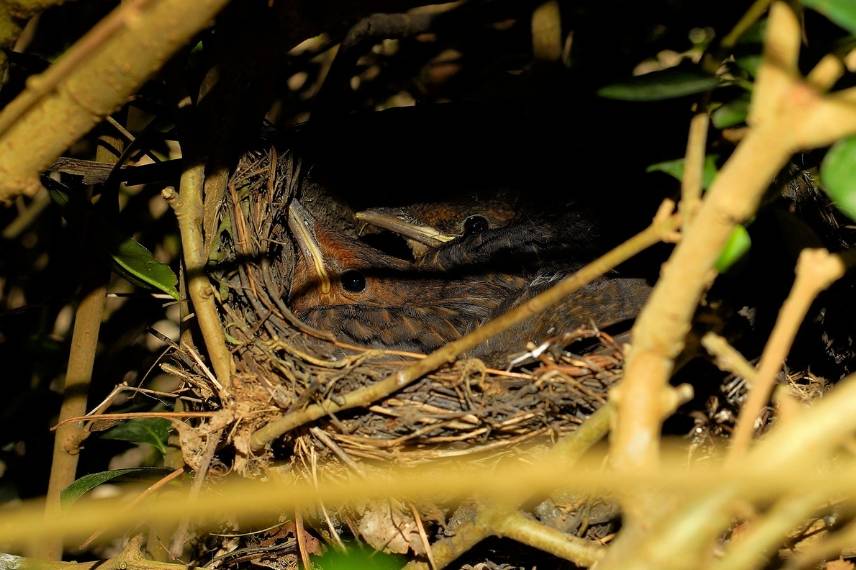
- Before migration, between late summer and autumn: they need a great deal of food to be able to undertake their perilous journey.
- In winter: those that stayed and those that come to us from the north are hungry. They therefore also need food to get through winter. In addition, some birds like to snuggle up in dense bushes.
-
Rest of year: they need food, water and shelter.
Oli’s little note: once your hedge is well established, you will quickly see certain birds appear: great tits and blue tits, blackcaps, robins, … Then, as time passes and bushes grow, other species will appear (treecreepers, garden warblers, thrushes, … and why not nuthatches) and some will disappear. This is perfectly normal; each bird has specific needs and a very specific habitat. As your trees grow, habitat will change too.
Discover other Hedge shrubs A to Z
View all →Available in 1 sizes
Available in 1 sizes
Available in 1 sizes
Available in 0 sizes
Available in 0 sizes
Available in 0 sizes
Available in 2 sizes
Available in 1 sizes
Available in 0 sizes
Hedge shrubs to feed birds
Birds do not all have the same diet. There are insectivores (which head south at first frost), frugivores, granivores, carnivores, piscivores and omnivores (those migrate very little). Carnivorous and piscivorous species will manage without us. So let us rather focus on frugivorous, granivorous, insectivorous and omnivorous birds. Each bush described here produces fruit at season’s end. But fruit implies prior flowering that attracts many insects. These bushes are therefore particularly valuable also for insectivorous birds during the warm season.
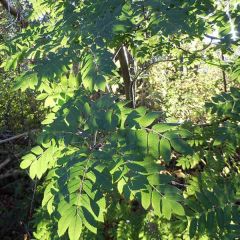
Sorbus aucuparia
- Flowering time June, July
- Height at maturity 8 m

Amelanchier lamarckii
- Flowering time May, June
- Height at maturity 7 m
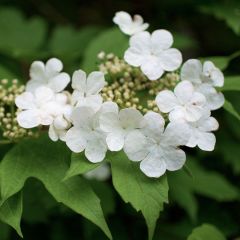
Guelder rose - Viburnum opulus
- Flowering time June, July
- Height at maturity 3,50 m

Leycesteria formosa Golden Lanterns
- Flowering time August to November
- Height at maturity 2 m
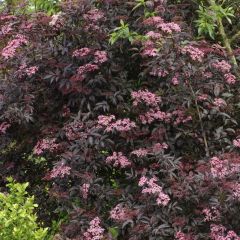
Black Elderberry - Sambucus nigra Black Beauty
- Flowering time June, July
- Height at maturity 3 m

Cotoneaster lacteus - Milky Cotoneaster
- Flowering time June, July
- Height at maturity 3 m
Read also
A natural hedge to enhance biodiversityHedge shrubs to hide and protect yourself
Second fundamental need of birds is protection from predators. What better way to achieve this than planting dense, thorny bushes? Here’s a short selection.
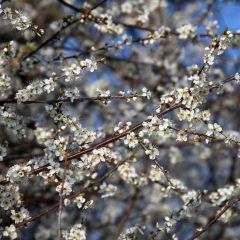
Prunus spinosa - Blackthorn
- Flowering time April, May
- Height at maturity 3,50 m
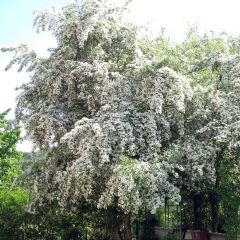
Crataegus monogyna - Hawthorn
- Flowering time May to July
- Height at maturity 7 m
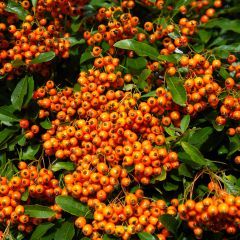
Pyracantha Orange Glow
- Flowering time June, July
- Height at maturity 4 m
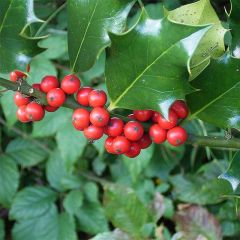
Ilex aquifolium - Common Holly
- Flowering time June, July
- Height at maturity 5 m
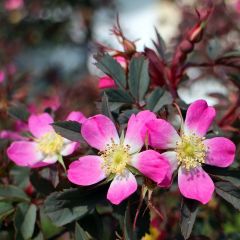
Rosa glauca Rubrifolia - Gallic Rose
- Flowering time July, August
- Height at maturity 2,50 m
To go further...
- Don’t have a large garden… just a balcony or a small terrace? Never mind — even a tiny berry bush in a pot will make some birds happy.
- Plant some perennials at the base of your hedge and let them go to seed, or, even simpler, allow wild flora to grow.
- Consider feeding birds in winter and putting out bird baths all year round.
- If you can, a few nest boxes of different types and sizes will be appreciated.
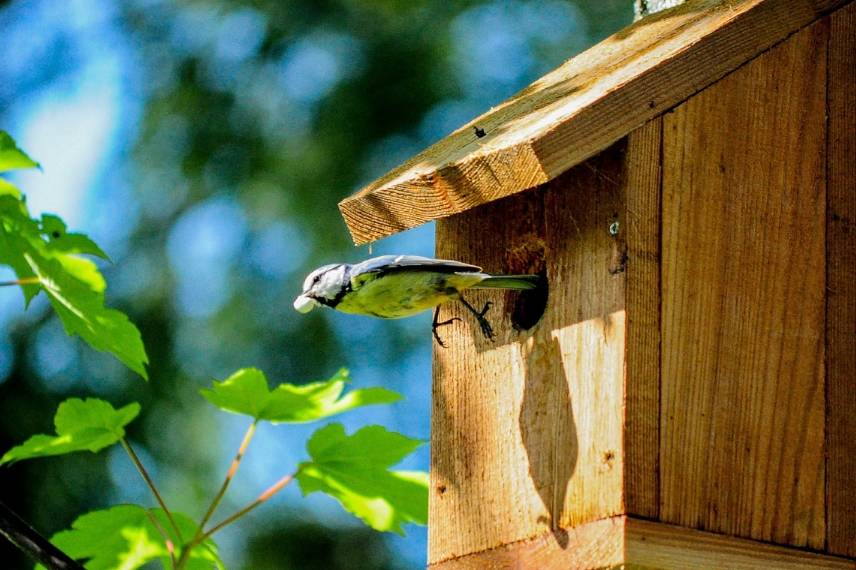
Useful resources
- A lovely article by Virginie packed with tips to pamper your little feathered friends
- Also discover our tutorial to make a hanging seed feeder for birds in winter
- Create a hedge to enhance biodiversity: Find out more here!
- A lovely book by Benoit Huc to pop under the tree: Welcoming birds in the garden.
One last word from Oli: before I leave you… Remember to record your observations of the birds that visit you throughout the year. This is very important for monitoring species. Even the most common bird (tit, blackbird, …) should be recorded. For example, populations of sparrows, both house and tree, have declined considerably without anyone worrying until recently. Because most people enter data for rare species but not for common species. And this needs to be remedied… In France, you can submit your observations here and here for Belgium.
One very last word from Oli: Blackbirds and some thrushes are disappearing from our gardens because they are primary victims of a virus called “Usutu”. If you find a dead blackbird showing no signs of injury, please contact a bird protection organisation.
- Subscribe!
- Contents
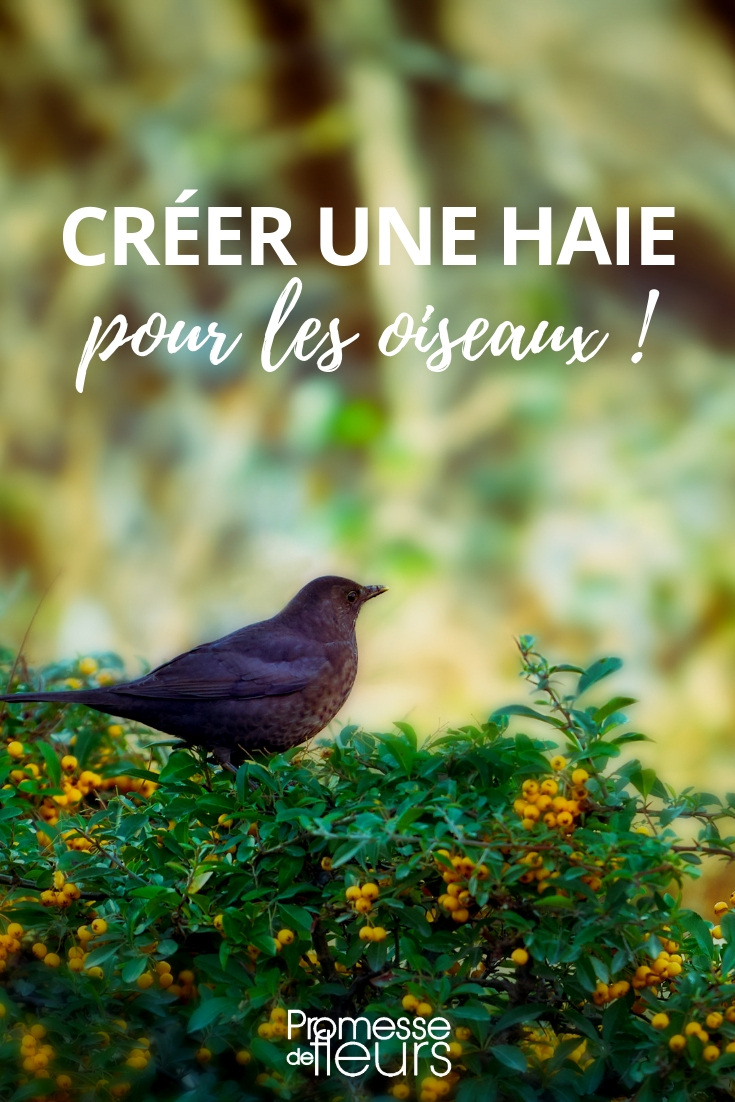































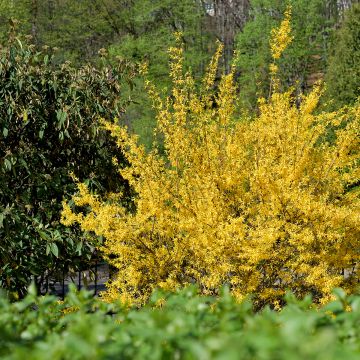

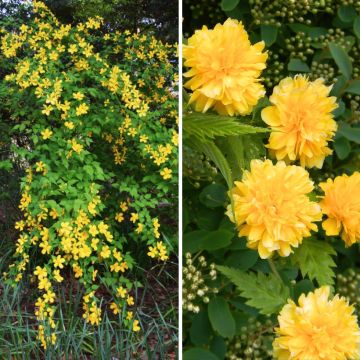
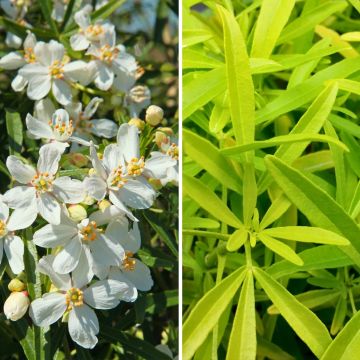
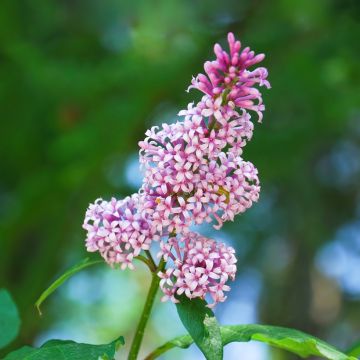

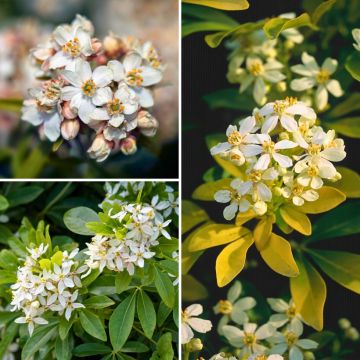
Comments